Curated by one of the world’s most famous and influential design studios, which is also featured, the exhibition investigates movement as an internal property of architecture: buildings that change their configuration, have mobile elements and swell or turn to welcome visitors.
We live in a world in constant motion. Why should architecture stand still? Since the onset of the Industrial Revolution, the speed of change has accelerated to a breakneck pace. The relentless churn of political upheaval, economic fluctuations, social reforms, climate change, and technological innovation shapes our world in flux. By contrast, architecture remains slow, heavy, expensive, and inert.
The postwar era introduced a new resistance to architecture’s stubborn rigidity. Motivated by pragmatic and utopian ideals, architecture has aspired to free itself from stasis. Four principles frame this ambition and the exhibition: mobility, adaptability, operability and ecodynamism.
Mobility allows buildings to physically relocate, whether forced to move to avoid demolition or transported elsewhere by choice. Adaptability enables buildings to reconfigure and absorb technological or programmatic changes wrought by economic or social developments. Operability allows buildings to function like machines, tuned to the needs of their inhabitants to serve individual or collective purposes. While most buildings form an airtight seal against the elements, ecodynamism integrates technologies to create supple interfaces between a building and its environment.
header: DS+R, The Shed, New York, NY 2019, PHOTOGRAPHY BY IWAN BAAN,Courtesy Diller Scofidio + Renfro


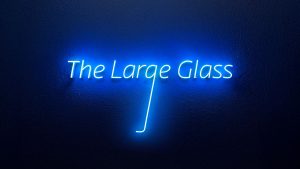
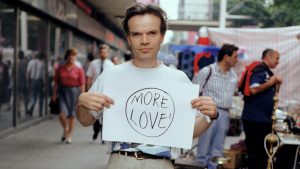






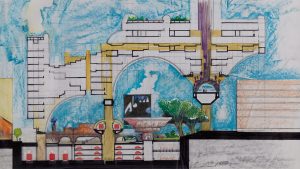
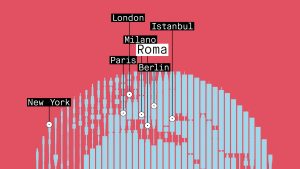

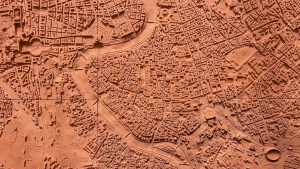


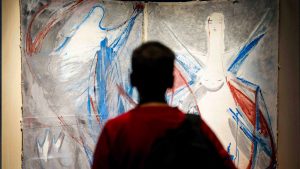
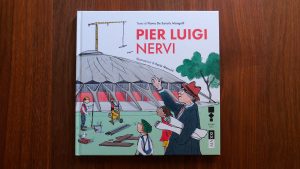
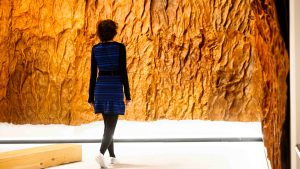
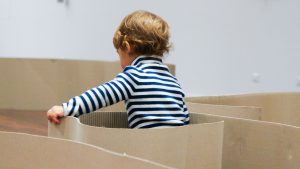
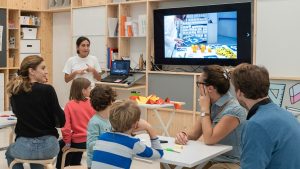

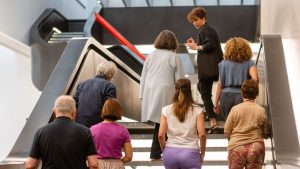
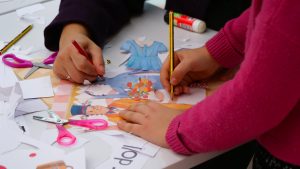


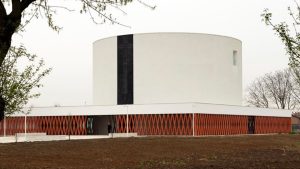

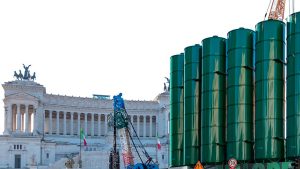





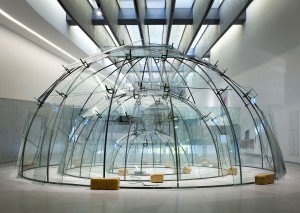
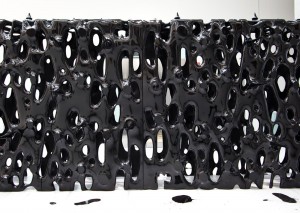
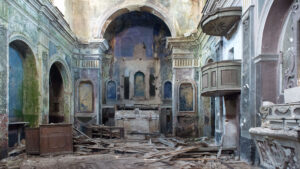


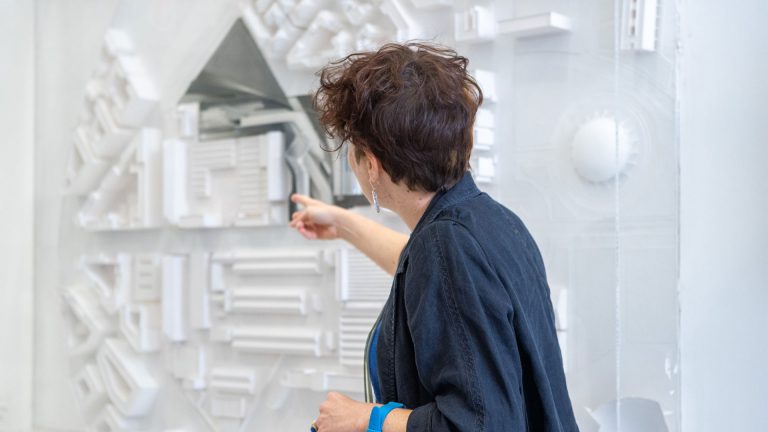
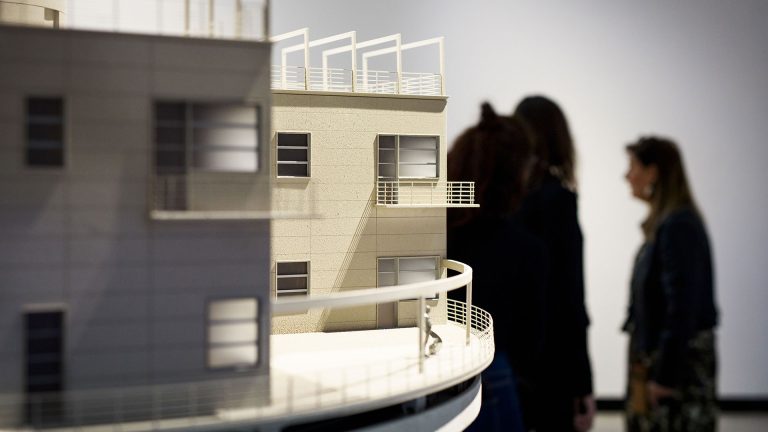
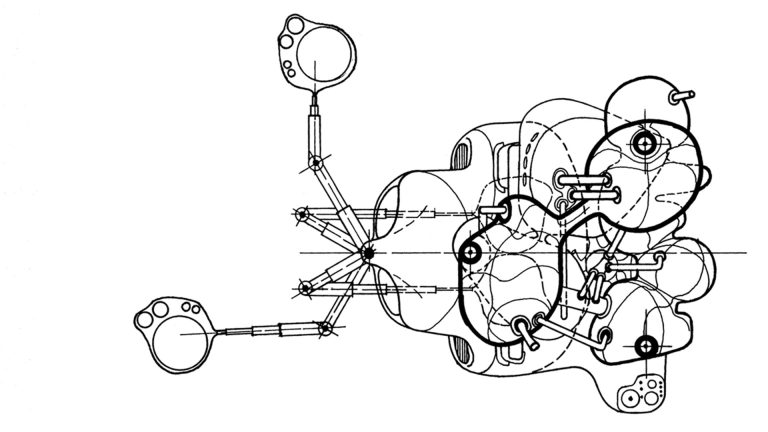
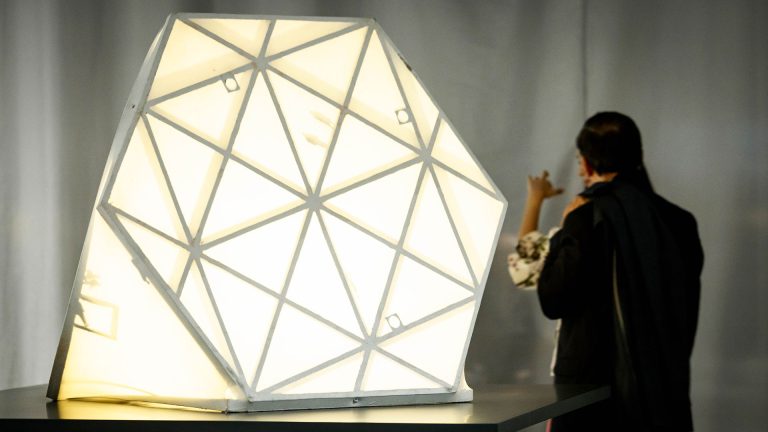
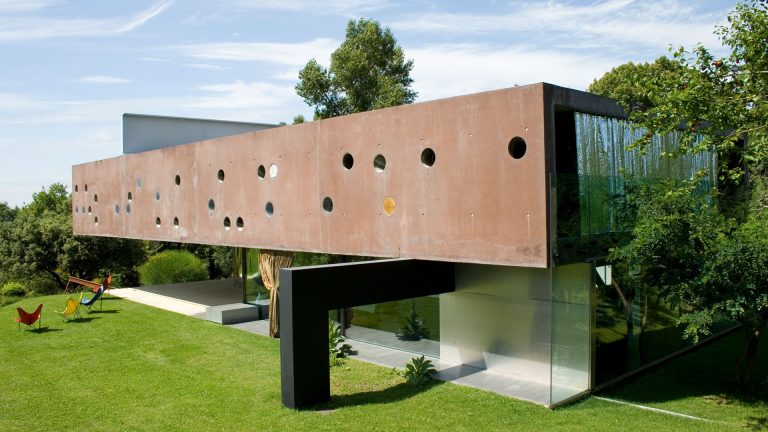
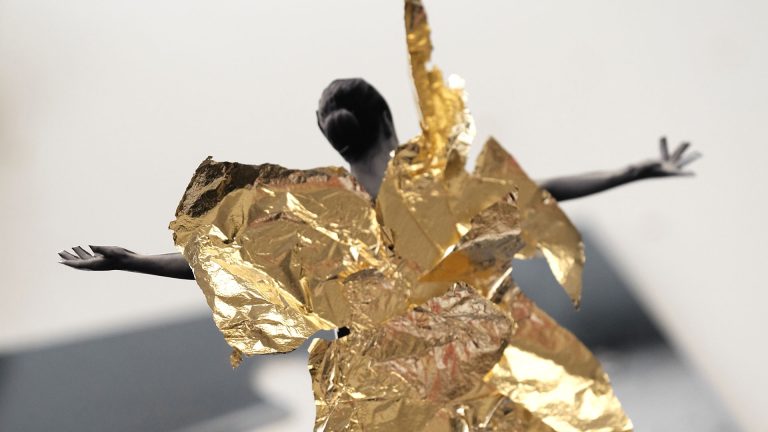

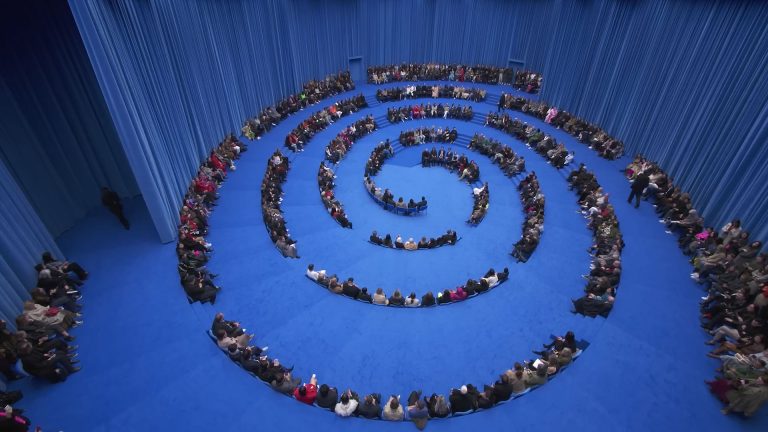
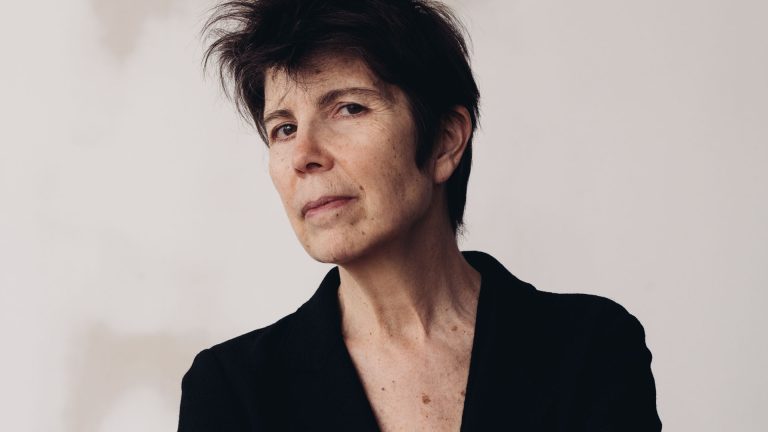


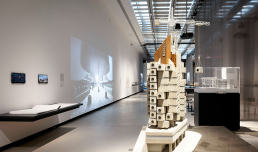
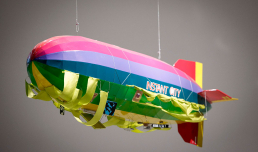
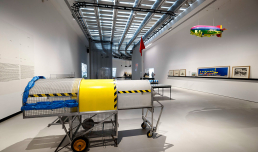
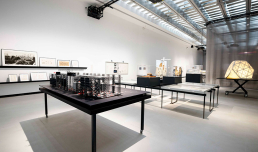
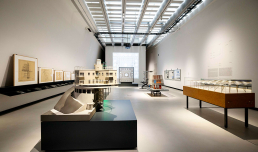
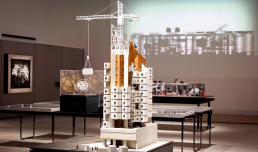
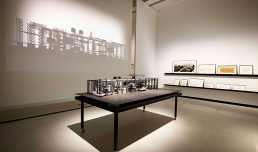


Curated by one of the world’s most famous and influential design studios, which is also featured, the exhibition investigates movement as an internal property of architecture: buildings that change their configuration, have mobile elements and swell or turn to welcome visitors.
We live in a world in constant motion. Why should architecture stand still? Since the onset of the Industrial Revolution, the speed of change has accelerated to a breakneck pace. The relentless churn of political upheaval, economic fluctuations, social reforms, climate change, and technological innovation shapes our world in flux. By contrast, architecture remains slow, heavy, expensive, and inert.
The postwar era introduced a new resistance to architecture’s stubborn rigidity. Motivated by pragmatic and utopian ideals, architecture has aspired to free itself from stasis. Four principles frame this ambition and the exhibition: mobility, adaptability, operability and ecodynamism.
Mobility allows buildings to physically relocate, whether forced to move to avoid demolition or transported elsewhere by choice. Adaptability enables buildings to reconfigure and absorb technological or programmatic changes wrought by economic or social developments. Operability allows buildings to function like machines, tuned to the needs of their inhabitants to serve individual or collective purposes. While most buildings form an airtight seal against the elements, ecodynamism integrates technologies to create supple interfaces between a building and its environment.
header: DS+R, The Shed, New York, NY 2019, PHOTOGRAPHY BY IWAN BAAN,Courtesy Diller Scofidio + Renfro
Cataloghi della mostra
Book 2024
Restless Architecture. Diller Scofidio + Renfro